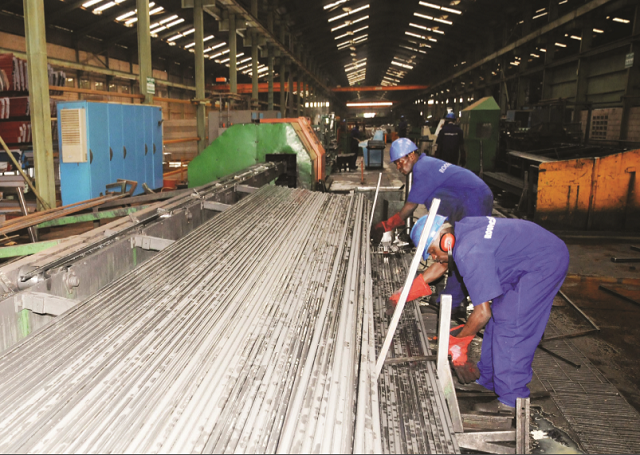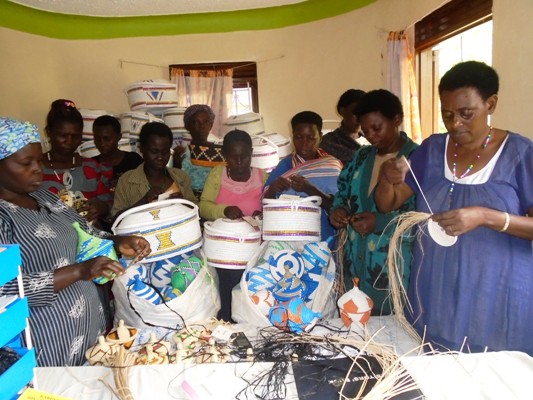Uganda’s economic recovery may take a little longer going by the rate at which private sector credit is growing.
Latest statistics from Bank of Uganda (BoU) and Ministry of Finance, Planning and Economic Development indicate that lending to the private sector has been subdued since 2017 started despite easing in the Monetary Policy.
The BoU has since April 2016 been easing the Central Bank Rate (CBR) so much that it’s now at 10%, but banks have remained cautious towards lending due to increased Non-Performing Loans (NPLs) in recent years.
Crane Bank collapsed after its NPLs increased by 122.9% to Shs142.3bn in 2015, up from Shs19.36bn in 2014.This saw the once profitable bank post a whooping loss of Shs3.1bn in 2015, down from a net profit of Shs50.6bn in 2014.
According to available information, total industry NPLs increased to about Shs600bn in 2016, up from Shs515.6bn in 2015.
Not Growing
Latest figures released by BoU on August3, 2017 indicates that private sector credit (PSC) growth has not been growing to desired levels for a long time.
Total commercial banks lending to the private sector stood at Shs11.57trn in June 2017, slightly up from Shs11.42trn in May 2017.
In January, total commercial banks lending stood at Shs11.4trn, in February at Shs11.44trn, March at Shs11.35trn and April at Shs11.43trn.
Sadly, key sectors of the economy have suffered the most.
For example, manufacturing which is key to job creation, value addition and increased production for exports has a total lending of Shs1.54trn as of June 2017; slightly up from Shs1.46trn it received in May. In April, total commercial banks lending to manufacturing reduced to Shs1.41trn, down from Shs1.48trn in March. Shocking, in January, the sector received Shs1.55trn before reducing to Shs1.49trn in February.
Agriculture, the mainstay of Uganda’s economy was only able to attract lending totaling Shs1.28trn in June, from 1.23trn in May. In April and March, the sector received Shs1.24trn.
In January, the sector received Shs1.1trn in lending from commercial banks before increasing to Shs1.18trn in February.
Lending to Building, Mortgage, Construction and Real Estate sector has also been fluctuating.
The sector received lending totaling to Shs2.45trn in June, slightly up from Shs2.37trn in May. In April lending to this key sector had increased to 2.45trn, up from Shs2.41trn registered in March.
In January, lending to the sector stood at Shs2.56trn before reducing to Shs2.44trn in February.
However, NPLs are reducing according to BoU’s Financial Soundness Indicators released on August3, 2017. NPLs to gross loans have reduced to 6.17% in June 2017, slightly down from 6.29% in March. Total NPLs to gross loans stood at 10.47% in December 2016.
In an earlier interview, Wilbrod Owor, the Executive Director at Uganda Bankers Association said low loan approvals is beyond monetary easing and pricing factors.
He noted that the “appetite for lending is still low” given the history of arrears-many customers are still struggling to pay back their loans.
“The outlook [for the economy] isn’t yet encouraging. If I give a loan given the macro-economic environment, will the borrower make profit you give a loan?” Owor wondered, adding that banks assess the situation before approving loans.
He noted that the demand side is still low and this is compounded by lack of serious local content laws that has seen the biggest percentage of government benefit foreign contractors, a thing he said restraints lending locally.
Implications
In a country that is largely dependent on the private sector, low PSC growth spells doom for the economy since companies are not expanding, thus affecting production, job creation and tax revenue collections.
“When private sector credit is not growing as well as it should, it is not good for the economy since businesses will not be able to access credit for investment and job creation,” Fabian Kasi, the Chairman of Uganda Bankers Association said in an earlier interview.
He added: “There is need to stimulate the economy, breath some more life in it for more activities, and therefore demand, so that projects become attractive to private sector credit.”
UBOS’ estimates of economic activity in 2016/17 indicate an annual growth rate of 3.9% lower than 4.7% in 2015/16. However, growth is projected to pick up at 5.0% in FY 2017/18 supported by improved efficiency and effectiveness in implementation of public investments, investments in the oil sector if implemented as planned, recovery in PSC growth as lending rates continue declining and favorable weather conditions to support the agricultural sector, says BoU.






